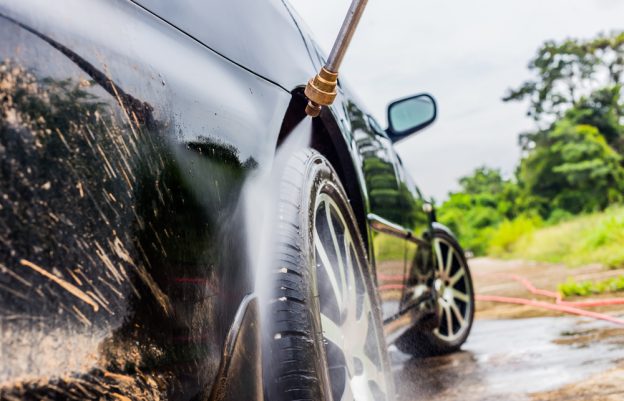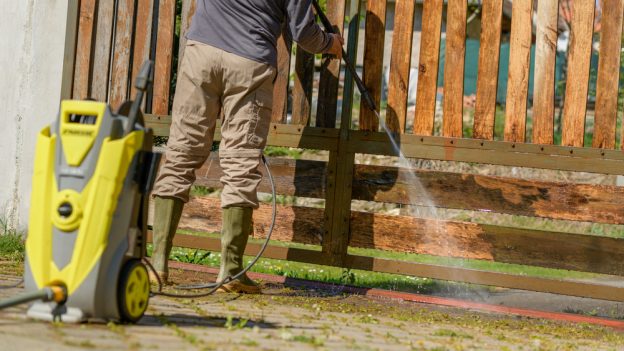With spring here and temperatures on the rise, you will probably want to make sure your car is looking in the best shape possible. There is nothing quite like having the sun glistening off your freshly cleaned and shiny car.
When it comes to the long and arduous process of cleaning your car; there are many different cleaning utensils at your disposal. From the trusted old buckets and sponge or a variety of cleaning scrapers. But there is one cleaning tool we believe reigns supreme in this regard.
Being a stockist of premium quality industrial pressure washers in Stoke-on-Trent, you might have guessed what we are referring to. We talk, of course, about the aforementioned pressure washer.
In this blog, we will go over some of the most effective ways to use your pressure washer to wash your car. For convenience and practicality reasons, we will try to walk you through the procedure in chronicle order.
Take Off The Initial Layer Of Dirt And Grime
Before you get deeper into the procedure; you will want to remove the initial layer of dirt and grime with the washer. You will want to adjust the tip to be 5-8cm wide.
If your washer is set on a high pressure setting; you might want to consider lowering the setting. This is because if the washer is too high then it can damage the paint work on your car and cause chips. Furthermore, when washer your windows, if the setting is too high, it might damage them.
After you have enacted this technique, a large portion of the dirt or bacteria on your car will be removed. However, you will want to make sure you do not stop there. As that would not be the most effective way to clean your car with a pressure washer.
Apply A Detergent
The next step will involve setting the nozzle to the widest possible setting and covering the car in a layer of detergent of your choosing. Detergents do a great job at ensuring your car looks sparkly clean but there are a few caveats.
After applying the detergent, you will want to let it sit for a few moments. You will do well to not let it settle and dry however. If the detergent remains on for too long without being washed off, you will either be left with blemishes or the detergent can damage the wax coating of your paint.
Use Your Washer To Remove The Detergent
Using a slightly stronger setting for the paint than the glass, use your washer to wash away the detergent so your car has that glimmering shine. Again, you will want to make sure the washer is on an overall low setting so that you do not damage the paint on your car.
Use A Brush To Remove The Hard To Get Off Stains
After washing off the detergent with a low setting on your washer and from a decent enough distance away to ensure that you don’t chip the paint or damage your car. You might want to get a car brush. Apply warm soapy water and use the brush to remove any hard to remove stains.
Clean The Alloys
When it comes to cleaning your car many people forget to clean their alloys. However, you might be pleased to know that you can effectively use a pressure washer to clean the alloys on your car. Similar to the rest of your car, you can use soap to clean the alloys and then to washer to significantly remove all of the previously accumulated dirt and grime.
What To Do Now?
Do You Need a pressure washer to clean your car? We supply a diverse and dynamic range of pressure washers including the industry famous karcher pressure washer in Stoke-on-Trent.


